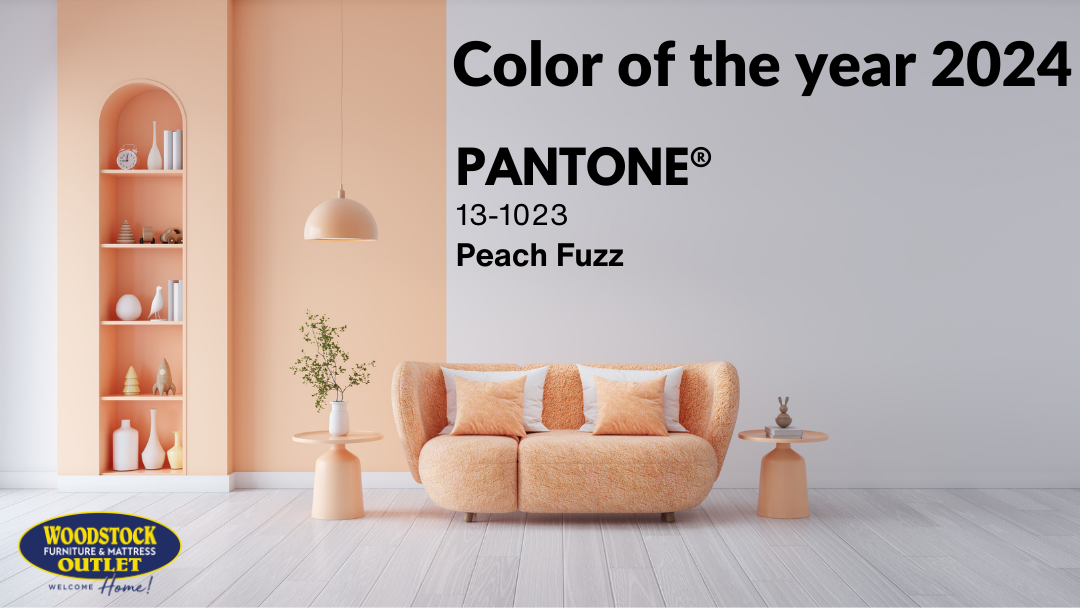These days, there seems to be hundreds of different décor styles out there. Mid-century modern, cottage, farmhouse, modern farmhouse, industrial chic, rustic modern, American colonial, provincial, grandmillennial, boho, art deco, coastal chic. How are you supposed to keep all these decorating themes and different upholstery styles straight!?
With all the décor flavors out there, it can be quite overwhelming for the consumer. As a result, when it comes to upholstered seating designs, we like to simplify it for shoppers and boil it all down into 3 broad upholstered furniture styles – contemporary vs transitional vs traditional. What are these different styles, how are they different, and what design features do each of them have?
By the end of this short furniture design journey, you’ll know the basic features to look out for to know whether a chair or sofa is contemporary, transitional or traditional. And hopefully, you’ll have a better understanding of what style (or styles) is best for you and your living room!

First, for those who are unfamiliar, we need to clarify what we mean by upholstery and upholstered furniture. In our industry, furniture is broken into two large categories – upholstery and casegoods.
Upholstery is technically any furniture that is covered in fabric or leather. However, this term is typically used to refer to upholstered seating specifically. For instance, sectionals, sofas, couches, loveseats, accent chairs, recliners, etc. By contrast, casegoods are pieces of furniture made of solid materials like wood or metal.
While the décor styles we’re discussing today can also apply to area rugs, casegoods, or accessories, today’s discussion is about how these different decorating styles display themselves within upholstered furniture.
There are two different categories of features that can help you determine the décor style of any upholstered piece. First, there’s the fabric, with its patterns and colors. Second, is the physical design and construction of the piece itself. This includes the shape of the frame, cushions, arms, legs, feet, back, etc.
What Is Traditional Upholstery?
In short, traditional style is timeless and classic. Elegant yet comfortable. Traditional upholstery is inspired by different upholstery styles and design features of the past. As such, it includes a broad group of sub-categories that can trace their historical roots to a few decades ago, or a few centuries ago. Diverse sub-categories like farmhouse, Victorian, American colonial, French provincial, and cottage are all traditional.
What Features Make Upholstered Seating Traditional?
When it comes to the fabric itself, look for rich or bold colors and formal, ornate patterns. This includes patterns with lots of curved or flowing lines, such as paisley, scrollwork, or floral patterns.
Those lovely, curved lines aren’t limited to the fabric itself. From the frame, to the seat backs, to the arms, traditional sofas and chairs have lots of curves. For example, you can see this clearly in the rounded edges and classic curved shapes of traditional features like round turned legs, cabriole legs, camelback seat backs, bun feet or English roll arms.
Lastly, other tell-tale features of traditional upholstery include ornate decorative flourishes like nail-head trim, button tufting, welted seams and other fine details. As you’ll see below, both transitional and contemporary upholstery are more understated.
What Is Contemporary Upholstery?
Unlike traditional upholstery, contemporary upholstery is ever-changing. Also known as modern, or on-trend, contemporary styling changes with the times. Currently, contemporary décor is very sleek and minimalist, but there are always exceptions since on-trend upholstery is constantly evolving. Some related styles such as mid-century modern and rustic modern are still considered contemporary.
What Features Make Upholstered Seating Contemporary?
Contemporary style, and therefore contemporary upholstery, features clean lines, sharp angles, and geometric shapes. Fabrics are mostly muted in color, without loud patterns. This typically includes solid color fabrics and natural leather finishes like aniline and semi-aniline leather. However, louder pieces in bright colors and abstract or geometric patterns are allowed as accents.
The construction itself is minimal with very few decorative flourishes. Gone are the curved and rounded shapes found in traditional upholstery. In their place are angular shapes and straight lines. You can see this in common contemporary features such as square or rectangular shaped frames, wide track arms, and block legs.
Another common contemporary design feature is mixed-material construction. This means that you may see eclectic combinations of metal, wood, leather, fabric, glass or even concrete. However, this is obviously more common with contemporary casegoods than upholstery.
What Is Transitional Upholstery?
As the name suggests, transitional upholstery is a blend between traditional and contemporary styling. Transitional upholstery style is inspired by elements of established traditional styles, but isn’t defined by them. Much like the pirate code, those dusty, old, traditional décor rules are more like mere guidelines for the transitional design enthusiast. Modern farmhouse, casual, rustic and coastal chic are all great examples of transitional style.
What Features Make Upholstered Seating Transitional?
So, what are some examples of transitional upholstery features? Lines in these pieces are not as ornately curved as traditional, but not as squared or angular as contemporary. If traditional upholstery has curved lines and contemporary upholstery has clean lines, transitional upholstery has smooth lines.
Patterns on transitional upholstery are diverse and can vary greatly, although it’s common to see traditional patterns given a modern reinterpretation. Most importantly, transitional styling always has lots of neutral or light colors (grays, whites, beiges, etc.) This is quite apparent with transitional styles like modern farmhouse and coastal.
Transitional style upholstery may still have some hints of traditional style (like roll arms for example), but without flourishes like decorative welts or nail-head trim. Transitional pieces may also have more contemporary features like rectangular frames, track arms, or squared legs, but these are often slightly curved or tapered to soften the hard angles.
Which of These Different Upholstery Styles Is Right for You? Take Our Free Style Quiz!
Now that you know about the most common different upholstery styles, you should have a better idea which style is the best fit for your home. Since you’ve read up on your décor styles, be sure to take the free style quiz on our website! Head over to our website and look for the quiz on the right margin as you browse!
Whether you’re looking for armchairs, recliners, sectionals, sofas, couches, or loveseats, we have a wide variety of contemporary, traditional and transitional upholstered seating available. Come see them yourself online or at our 3 metro Atlanta and North Georgia furniture stores!






















